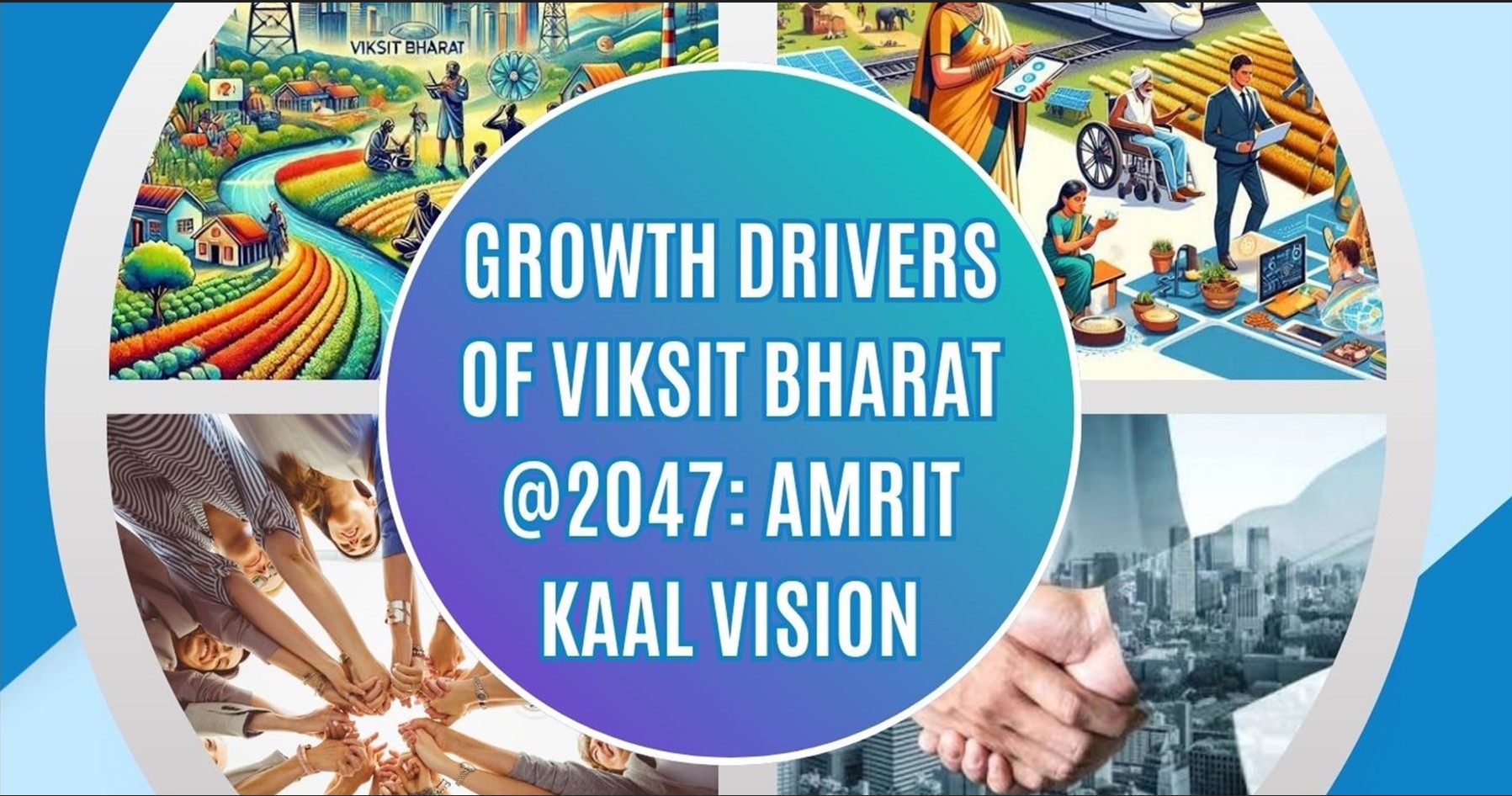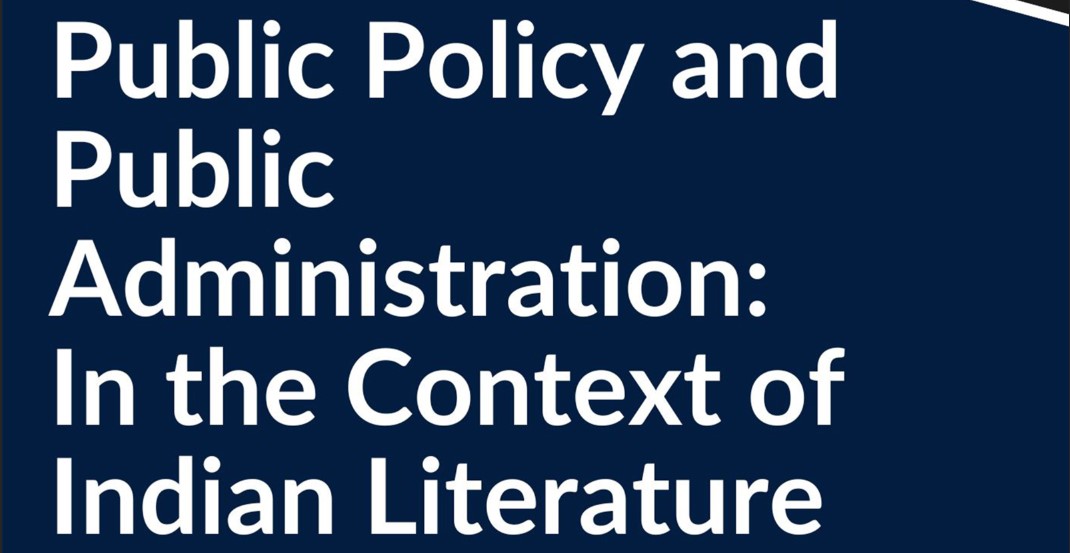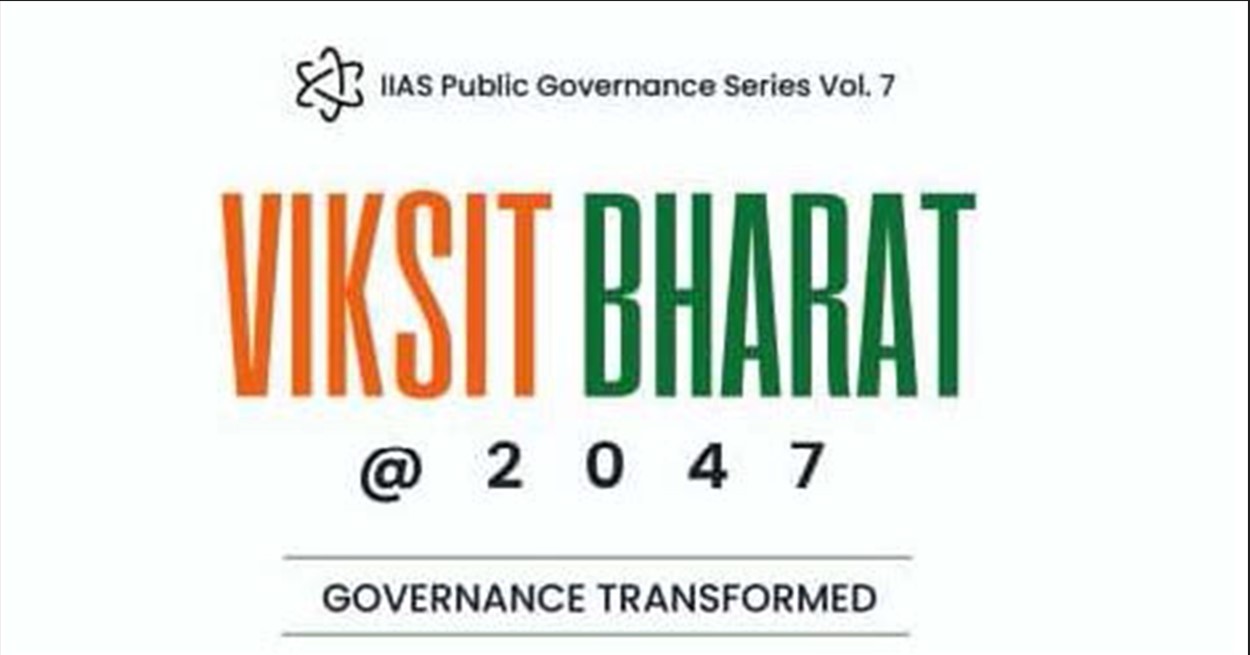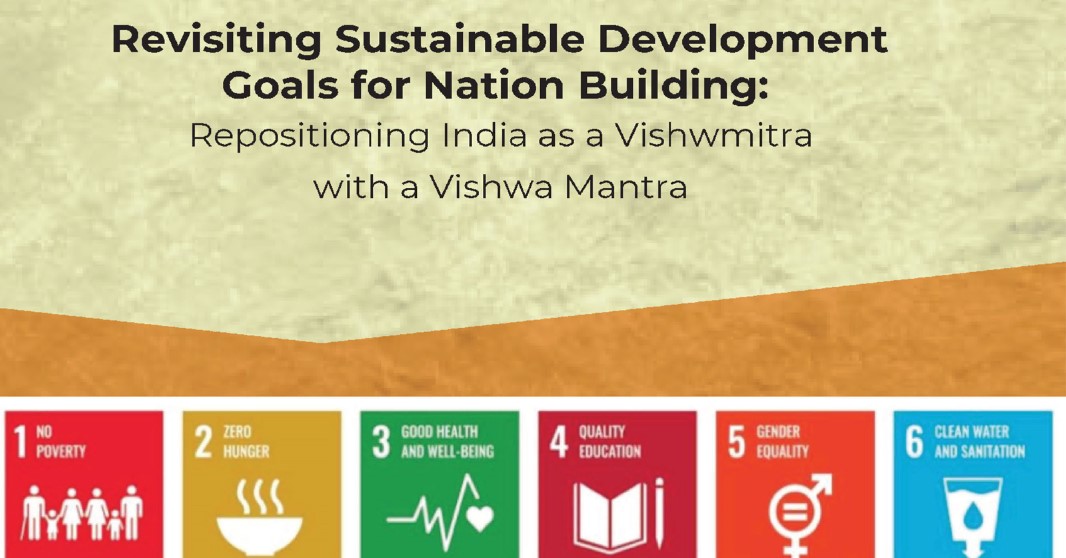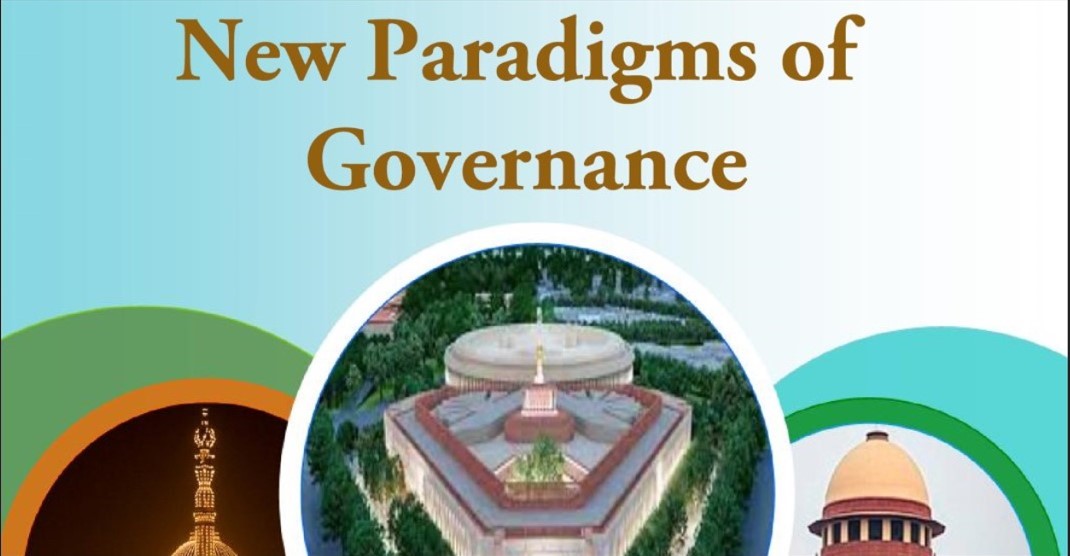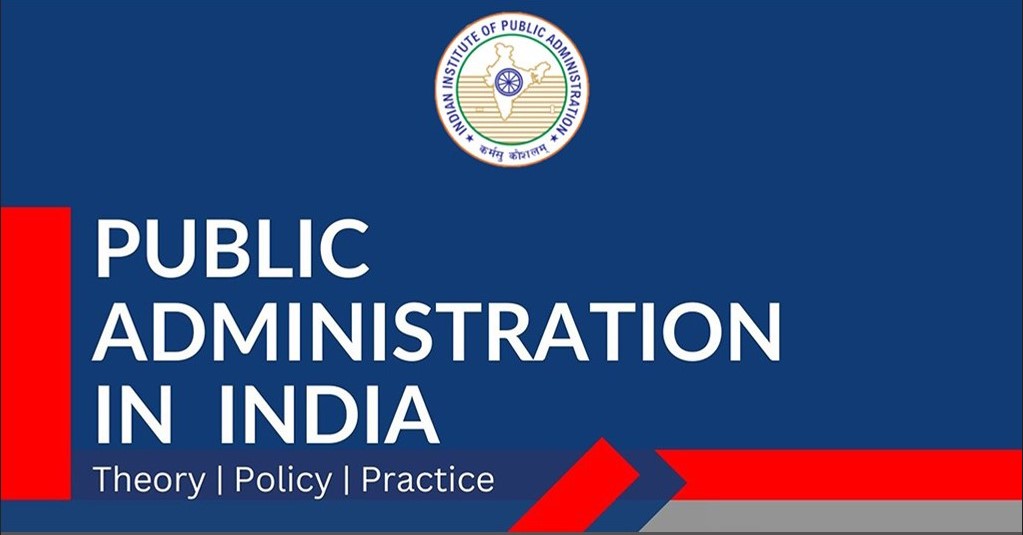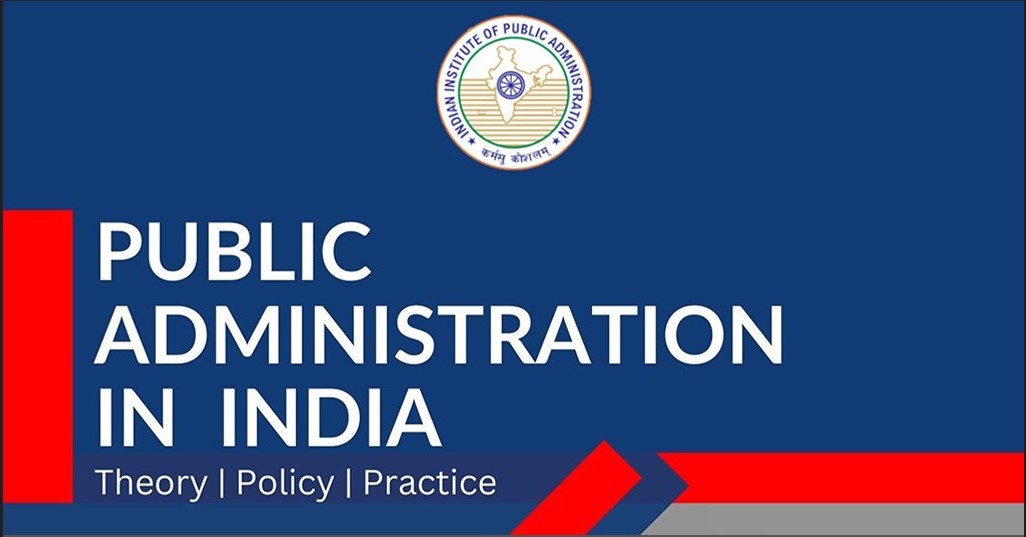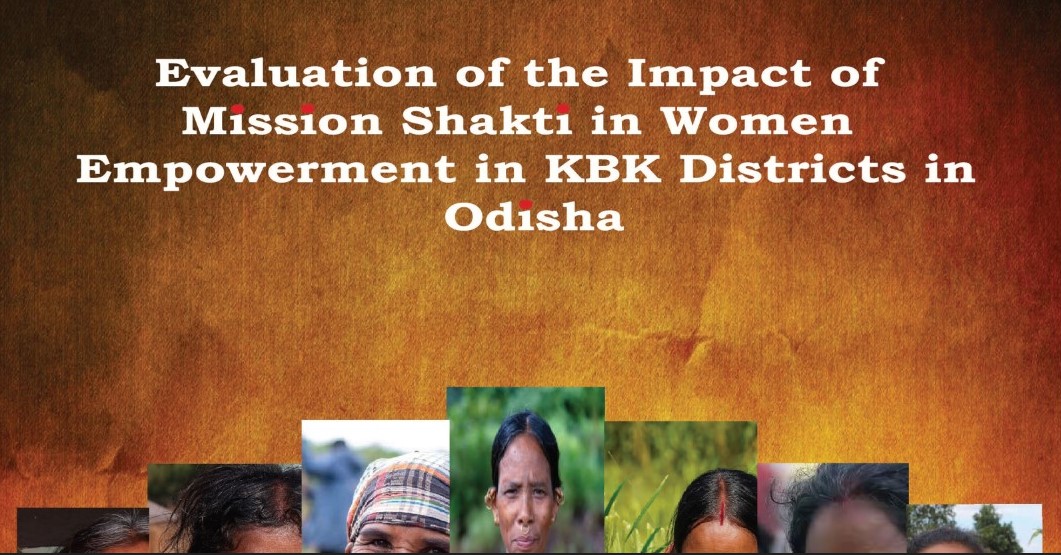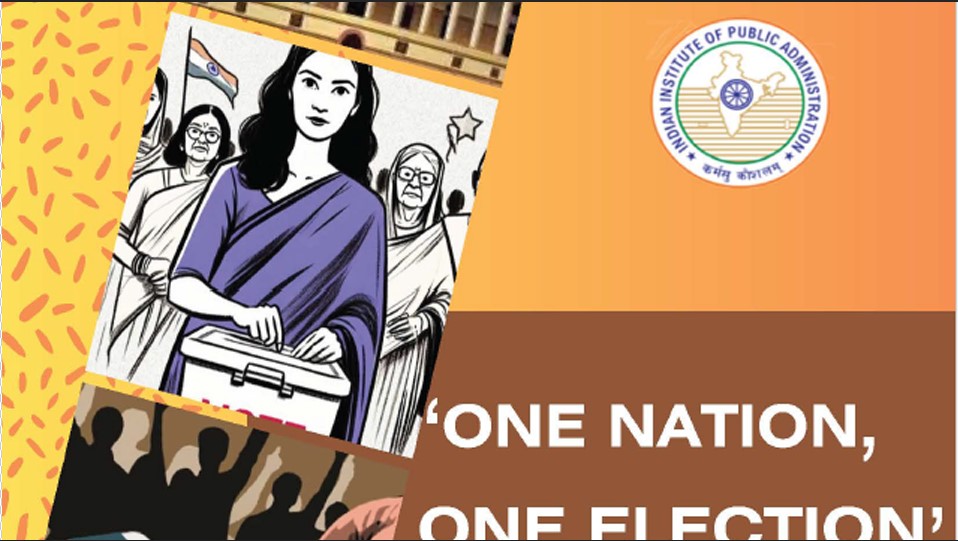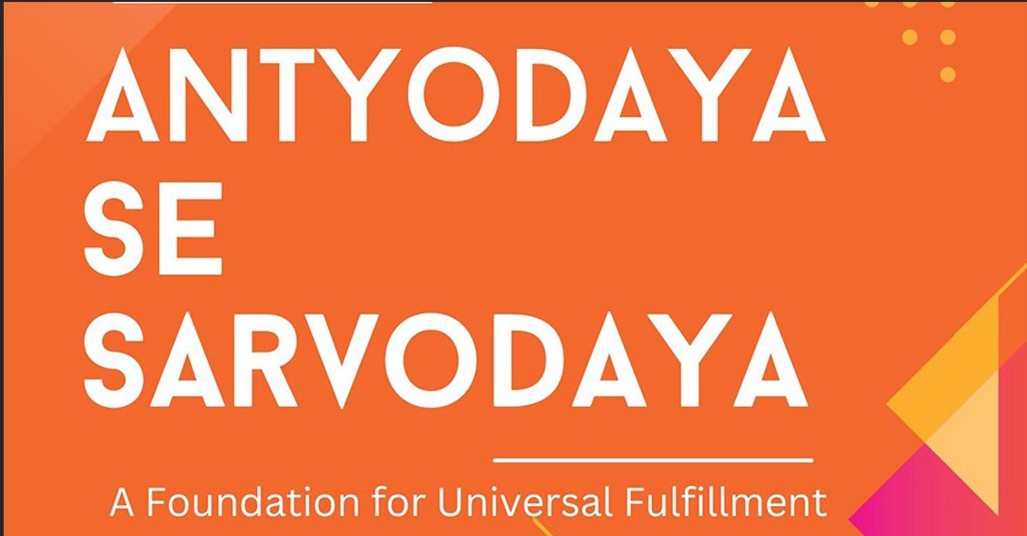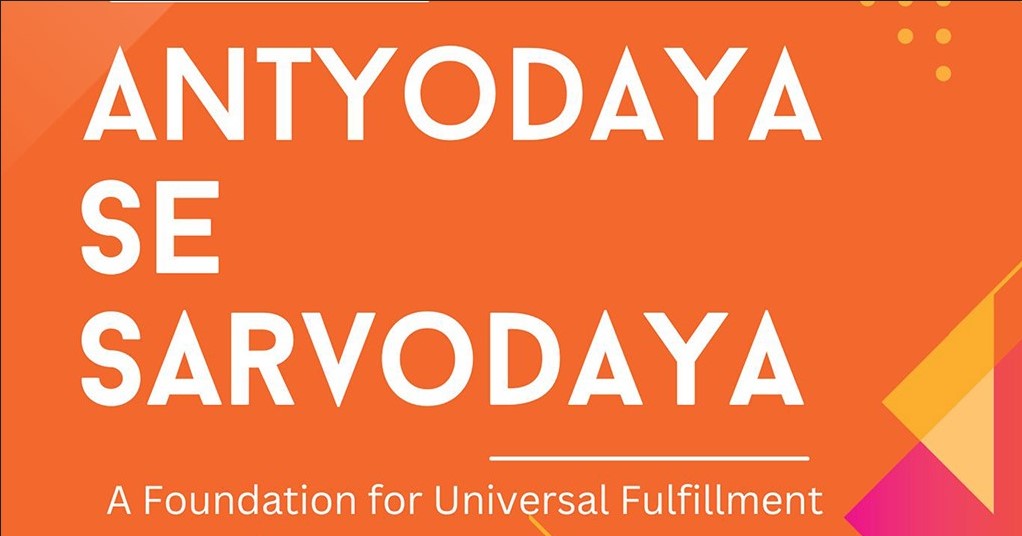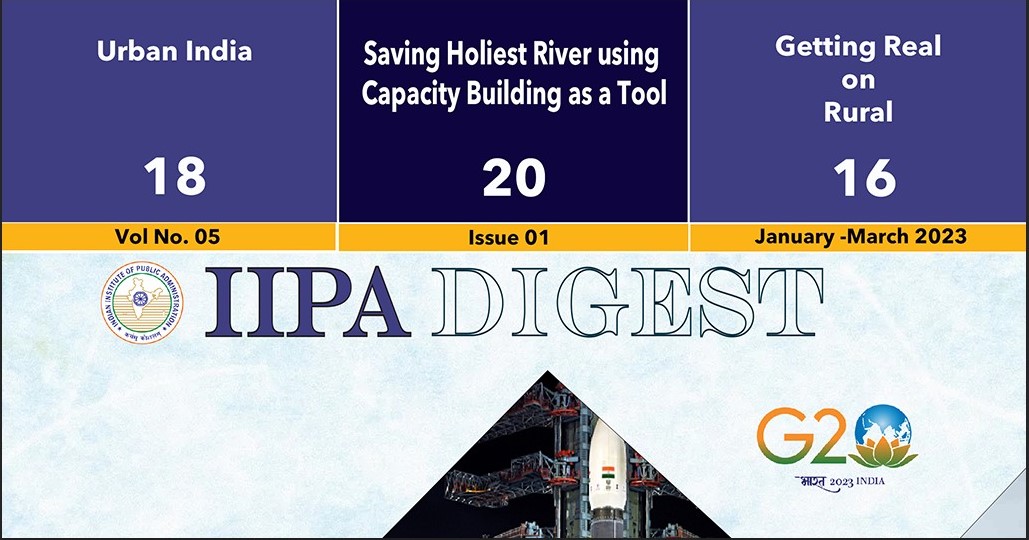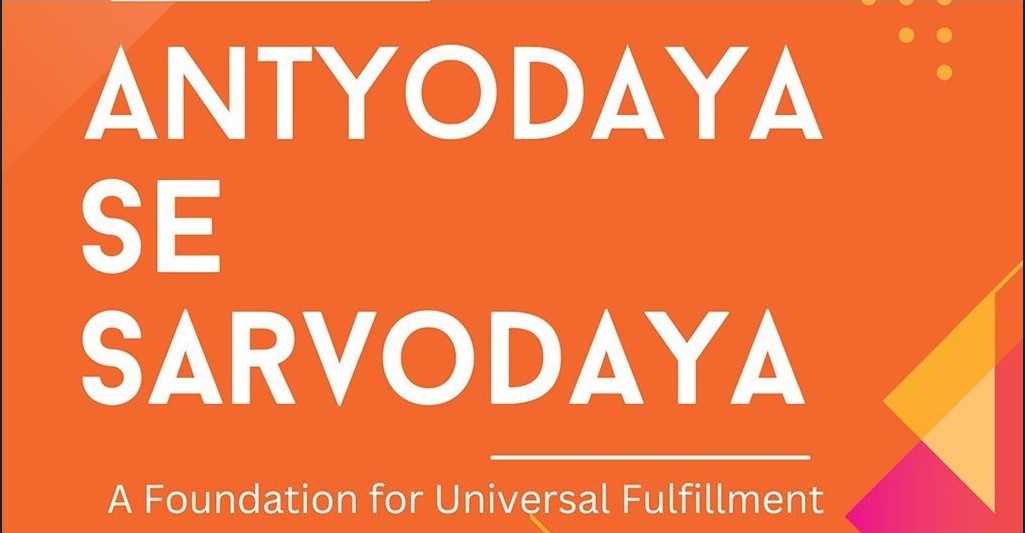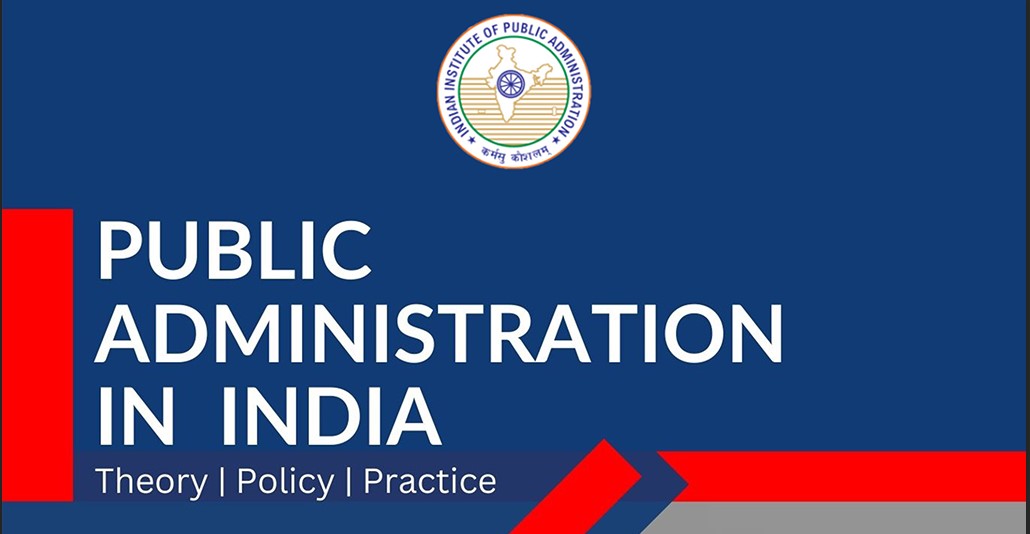Public Perception Regarding Pollution of the River Saryu: Case Study at Ram Ki Paidi
Abstract
The River Saryu revered as sacred in Hindu mythology and deeply associated with the spiritual and cultural heritage of Ayodhya, faces growing environmental challenges due to pollution. This study explores public perception regarding the factors contributing to the river’s current state of pollution and examines how residents and pilgrims at Ram Ki Paidi perceive these issues. A total of 85 respondents, predominantly residents of Ayodhya, along with visiting pilgrims, were interviewed using a structured, closed-ended questionnaire. Respondents identified untreated sewage, improper waste disposal, and agricultural runoff as significant contributors to pollution, with ritual practices receiving comparatively less emphasis. While most participants strongly favored the implementation of stricter penalties for individuals and institutions polluting the river, they also expressed optimism about the potential of initiatives like the “Swachh Bharat Abhiyan” and “Namami Gange” to restore the river's health. Interestingly, many respondents believed that bathing in and consuming water from the Saryu is not harmful due to its sacred status and its perceived divine ability to self-purify. The study underscores the need for integrating cultural values with effective environmental management strategies to ensure the sustainable conservation of this revered river.
Key Words: Public perception; pilgrimage site; sewerage system; religious waste; strict fines.
1. Introduction
Pilgrimage sites around the world are renowned for their sacred recognition among followers of diverse faiths. However, many of these sites are facing increasing pressure on their natural resources due to unsustainable practices by visitors and locals.
Examples such as Mount Fuji, Lumbini, Sri Pada, Bodh Gaya, and the River Ganga highlight the tension between cultural reverence and environmental degradation. In many cases, these sites are held in high regard for their association with deities or spiritual significance, yet they are not perceived as finite natural resources susceptible to overuse and pollution (Wickramasekera, 2013). The River Saryu, a tributary of the Ganga, holds a similar sacred status among Hindus, particularly in Ayodhya, where it is revered as a spiritual lifeline. At Ram Ki Paidi, a prominent ghat on the Saryu, pilgrims and residents engage in daily rituals that reflect their faith in the river's divine purity. Despite this reverence, the Saryu faces increasing pollution from untreated sewage, improper waste disposal, and the runoff of agricultural chemicals. These issues parallel the challenges observed in the River Ganga, which has suffered from severe pollution despite its cultural and historical significance (Kishor, 2006).
The sacred association with rivers like the Saryu often leads to the belief that their waters possess self-purifying qualities, further exacerbating environmental issues. At the same time, rapid urbanization and the lack of proper waste management infrastructure have compounded the problem. While government initiatives such as the “Namami Gange” and the "Swachh Bharat Abhiyan" aim to address these concerns, public perception plays a crucial role in their success.This study focuses on public perception regarding the pollution of the River Saryu, with a case study centered on Ram Ki Paidi in Ayodhya. Drawing on a survey of 85 respondents, predominantly residents and pilgrims, this research explores the perceived causes of pollution, awareness of its environmental and health impacts, and potential solutions. By examining these perceptions, the study aims to contribute to the broader discourse on sustainable management of sacred rivers, balancing cultural reverence with ecological preservation.Through an integrated approach that acknowledges both cultural and environmental dimensions, this research seeks to highlight actionable strategies for conserving the River Saryu while maintaining its sacred status for future generations.
2. Methodology
This research study employs a quantitative approach to collect data on public perception regarding the pollution of the River Saryu. A structured questionnaire was used as the primary data collection tool. The questionnaire was divided into two sections: Part A focused on the demographic profile of the respondents, and Part B explored public perception regarding the factors contributing to the pollution of the River Saryu and potential solutions. The study was conducted at Ram Ki Paidi, a renowned pilgrimage site in Ayodhya that attracts both residents and visiting pilgrims. A total of 85 respondents were randomly selected for the survey. Among them, the majority were residents living along or near the River Saryu, while the remaining participants were pilgrims visiting Ram Ki Paidi for religious purposes. The questionnaire followed a "closed-ended" approach to facilitate structured responses. However, respondents were also allowed to express their personal opinions about the pollution problem and suggest potential solutions. This combination of structured and open-ended inputs provided a comprehensive understanding of public attitudes toward river pollution and its management.
3. Results and Discussion
The entire study can be divided into two parts: demographic profile of respondents and their perception regarding the pollution of the river Saryu.
3.1 Demographic Profile of Respondents
Figure1. Age Structure of Respondents Figure.2 Sex of Respondents
Figure 3. Educational Level of Respondents Figure 4. Educational Level of Respondents
The dataset contains various columns, including details about age group, gender, education level, and occupation. I will now focus on summarizing the data about the age-sex structure, educational status, and occupational details of the respondents.
Age-Sex Structure
• The largest age group is 21-30 years, with 30 females and 28 males.
• Other significant groups include:
o Females in the <20 age group: 8
o Males in the <20 age group: 7
o Minimal representation is seen in the 31-40 and 41-50 age brackets, with fewer than 10 respondents in each category.
Gender Distribution
• Females constitute 52.9% of the respondents.
• Males account for 47.1%.
Educational Status
• 58.8% of respondents have completed postgraduate studies.
• 35.3% are graduates.
• The remaining respondents have a mix of educational levels:
o Ph.D.: 2.4%
o Primary education: 2.4%
o Higher secondary: 1.2%
Occupational Details
• 75.3% of respondents are unemployed.
• Among the employed respondents:
o Only 14.3% work in government sectors.
o The rest are employed in private or self-employment capacities.
3.2 Public Perception regarding pollution of the Saryu at Ram ki Paidi
Figure 5. Basic Environmental Perception
1 Does the Saryu River at Ram Ki Paidi serve as a critical habitat for aquatic life? 54 16 13
2 Does polluted water from the Saryu River at Ram Ki Paidi contribute to air pollution and unpleasant odors in the area? 52 26 6
3 Does pollution in the Saryu River at Ram Ki Paidi deteriorate soil structure, leading to erosion and sedimentation along its banks? 61 16 7
4 Does polluted water at Ram Ki Paidi result in diseases for visitors and harm aquatic animal populations in the Saryu River? 49 27 8
5 Is the ecosystem at Ram Ki Paidi affected by the polluted state of the Saryu River? 59 16 9
6 Is the ecosystem at Ram Ki Paidi affected by the polluted state of the Saryu River? 55 20 9
Figure 6: Basic Environmental Perception of Respondents
The data illustrate respondents' basic environmental perceptions of the Saryu River at Ram Ki Paidi. A significant majority of respondents (54) believe that the Saryu River serves as a critical habitat for aquatic life. Pollution in the river is seen as detrimental, with 49 respondents agreeing that polluted water causes diseases and harms aquatic animals. Moreover, 61 respondents agree that pollution deteriorates soil structure, leading to erosion and sedimentation along the riverbanks. Similarly, 59 respondents think polluted water leads to the loss of soil nutrients, affecting plant growth along the riverbanks. When it comes to air quality, 52 respondents agree that pollution in the river contributes to air pollution and unpleasant odors in the area. Lastly, a majority (55) believe that the ecosystem is affected by the polluted state of the Saryu River. These insights reflect a widespread understanding among respondents of the interconnected consequences of water pollution on aquatic life, soil health, air quality, and the overall ecosystem.
Figure 7: Perception about the water quality of the Saryu
• The perception survey regarding the water quality of the Saryu reveals widespread concerns about its pollution. A majority (62.1%) of respondents believe that the river is polluted, while a smaller proportion (19.5%) disagrees. This indicates significant public awareness about environmental issues affecting this vital water resource. Respondents primarily attribute their awareness of the Saryu 's pollution to social media (39.5%) and visual perception (34.9%), demonstrating the influence of both first-hand observations and digital platforms in shaping opinions. Other sources of information include educational institutions (17.4%), friends and family (7%), and a negligible influence from fishermen (1.2%).When identifying the key sources of pollution, respondents highlighted the following contributors:
• Human waste (56.3%) is the most significant source.
• Industrial waste (54%) and municipal waste (42.5%) as major concerns.
• Dumping sites near the river (41.4%) and religious practices (29%) were also noted as contributing factors.
These findings emphasize the need for targeted interventions to manage human and industrial waste effectively, alongside promoting sustainable practices among local communities to protect the river’s ecosystem.
Figure 8: Use of Saryu Water
Figure 9: Bar Graph on perceived safety of Saryu water
Regular Use of Saryu Water
The survey reveals that a significant proportion of respondents, 66.7%, do not use the Saryu River water regularly, while only 33.3% of the participants depend on it for daily activities. This limited regular use may be linked to concerns about water quality and safety.
Problems Faced Due to Water Use
Among those who use the water, 50.6% report facing problems, while 49.4% do not experience any issues. This near-even split highlights that health concerns are a significant factor affecting the perception and usage of Saryu water.
Types of Problems Reported
Respondents identified various health issues arising from the use of Saryu water:
• Water-borne diseases (62.1%) are the most frequently reported problem, indicating poor water quality and contamination.
• Skin diseases (27%) and diarrhea (23%) are also common health concerns.
• A smaller proportion (16%) reported respiratory infections, which might be linked to polluted water emitting harmful odors or gases.
Perceived Safety of Saryu Water:
The bar graph on perceived safety indicates a diverse perception among users regarding the water's safety:
Domestic Use: Many participants consider the water unsafe for drinking, but some view it as somewhat safe for household purposes.
Bathing/Swimming: Perceptions of safety vary, with a notable percentage feeling it is unsafe for direct contact.
Fishing: The water is perceived as moderately safe for fishing by some, though concerns remain about the ecosystem's health and contamination.
Figure10: Perception about how to mitigate the problem
Who Should Take Initiative?
When asked about who should take the lead in addressing the pollution of the Saryu River, respondents suggested a multi-stakeholder approach:
• The State Government (54%) is seen as the primary authority responsible for mitigating the pollution.
• Joint Cooperation (49.4%), involving multiple stakeholders, is also considered critical for effective action.
• Local people (46%), NGOs (42.5%), and Local Authorities (38%) are viewed as important contributors, reflecting the need for community-level participation alongside institutional efforts.
• The Central Government (37.9%) is perceived as less significant than local bodies in this context, possibly due to the belief that localized problems require localized solutions.
Methods to Address the Problem
Respondents highlighted several strategies to reduce pollution in the Saryu River:
• Awareness of People (82.8%): This is seen as the most effective method, indicating the importance of educating the public about the environmental and health impacts of pollution.
• Strict Rules & Regulations (51.7%): Legal enforcement is considered crucial for controlling activities contributing to pollution.
• No Dumping at River (49.4%): Proper waste management and preventing direct dumping into the river are seen as significant steps.
• Imposing Heavy Fines (35.6%): Financial penalties for violators are perceived as a deterrent to irresponsible behavior.
Optimism about Swachh Bharat Abhiyan and Namami Gange Mission
When asked about the success of government initiatives like "Swachh Bharat Abhiyan," responses were divided:
Many expressed optimism, viewing the initiative as a positive step toward improving cleanliness and reducing pollution.
Others were either not sure or not confident about its effectiveness, possibly due to observed gaps between policy announcements and ground-level implementation.
Conclusion
The survey aimed to assess the perception, awareness, and behavior of people regarding the pollution of the river Saryu at Ram Ki Paidi. The present study highlights that residents and pilgrims are increasingly aware of the declining water quality of the Saryu River. A majority of respondents agree that the river is polluted due to rapid urbanization, unregulated human activities, and inadequate waste management practices. Pollution of the Saryu affects aquatic life, leading to habitat loss and species decline. It also impacts ecosystems, spreads waterborne diseases, deteriorates soil quality, and reduces the availability of clean water for human consumption and agricultural use. As people begin to understand their environment better, a greater sense of environmental responsibility is emerging. However, socioeconomic challenges in developing countries like India often hinder active environmental stewardship. To protect the river and mitigate pollution, collaborative efforts from the government, private sector, NGOs, and local communities are essential. Raising awareness, enforcing strict regulations, and implementing sustainable practices will be crucial in preserving the ecological and cultural significance of the Saryu River.
References
1. Bilgrami, A. (1998). Pollution of the Ganga: A threat to biodiversity. Indian Journal of Environmental Sciences, 7(2), 66-72.
2. Carpenter, M. L. (1986). Water and religion: Sacred rivers in Hinduism. Journal of Asian Studies, 45(1), 34-57.
3. Dubey, R. K. (2012). Water quality and its impact on aquatic life in Indian rivers. EcoJournal, 15(6), 142-150.
4. Hawley, J. S., & Wulff, D. M. (1996). The divine waters of the Ganga: Hindu rituals and beliefs. Oxford University Press.
5. Kishor, V. (2006). The River Ganges: Its cultural and religious significance. Cultural Geography Review, 18(2), 89-102.
6. Shattuck, C. (1999). Hinduism and ecology: The intersection of earth, sky, and water. Harvard University Press.
7. Sinha, R. K., & Khan, A. A. (2001). Biodiversity in the River Ganges: Past, present, and future perspectives. Current Science, 81(3), 257-261.
8. Srivastava, R. K. (2010). Challenges in river basin management: Case of the Ganges. Environmental Policy Journal, 12(4), 201-223.
9. Trivedi, R. K. (2010). Point and non-point source pollution in Indian rivers. Riverine Ecology, 22(5), 123-136.
10. Wickramasekera, P. (2013). Sacred rivers: Challenges and conservation strategies for pilgrimage sites. Journal of Environmental Management, 45(3), 145-152.
Leave a comment
More articles from Governance & Polity




